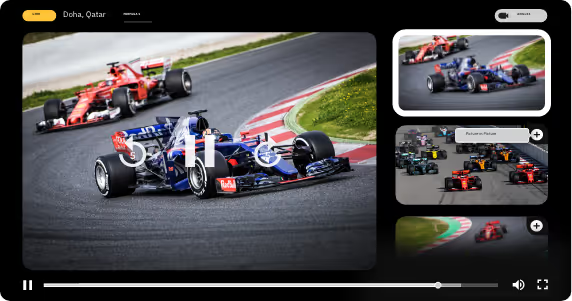The idea of a new normality after the pandemic is challenging at best, frightening at worst. We have an overall, collective idea of the things that will change in the mid to long term: social distancing will be in place at least until 70% of the world’s population is vaccinated –which experts predict will not happen until at least 2025–, the use of masks will continue to be recommended in public spaces, and the reintegration of all social activities will probably be anxiety-inducing for all of those who have been recluded indoors for more than a year.
Despite it all, this new scenario will force us to come up with increasingly creative ideas to face the novel situations we’ll be presented with. When talking about companies and businesses, this means finding a fresh approach to day-to-day operations. If there was one lesson the business world learned during 2020 is that nothing is certain, so a more conscientious allocation of budgets is expected –especially when it comes to marketing. According to the Global Ad Trends: State of the Industry 2020/21 report, the global advertising market fell by 10.2% last year, and it will take at least two years for the ad spend to recover.
So, what does this mean for the sports industry, which so heavily relies on marketing and sponsorship deals? A recent survey by McKinsey and WFSG found that 43% of sports and entertainment executives said that their marketing will not be as tied to major sporting events, but 64% mentioned that they expect the industry to focus on digital advertising. Translation: there is an opportunity in digital that could, technically, find a sweet spot when overlapped with popular sports events.
To make the most out of this new scenario, sports-related companies –whether they are amateur sports clubs or the owners of entire venues and sports teams– is to leverage the digital technologies to re engage with fans.
A way to do so is to rethink the physical spaces they frequented. If for example, a venue continues to have limited capacity, there is an opportunity there to enable a virtual reality experience. The interactions from fans can be gamified and spread out through social media or ad hoc platforms. A premium streaming service that offers real-time, multi-view camera angles could have room to grow. User data could be leveraged to offer more personalized, non-invasive engagement opportunities. The technology to do such things already exists, so it could represent a smart investment.
Finally, a non-tech solution could also be used: renegotiating a contract with an existing sponsor or reallocating their ad dollars to new offerings. The world we’re entering might be too digitized, but there will be certain things that will require more human skills, like empathy, negotiation and a bold vision of the future.
Suggested reading

Mobii Systems and UAR Rugby Join Forces to Revolutionize Rugby with Advanced Video and Data Technologies in Three-Year Partnership

Mobii Systems Completes AWS Foundational Technical Review Milestone for Its Ultra Low-Latency Streaming Solutions

Mobii Leads the Way in Zero Latency Streaming: Join the Streaming Media Tech Talk

Mobii ultra low-latency streaming services on Microsoft Azure now available in the Azure Marketplace
Subscribe for original content and announcements.








.png)

.avif)


